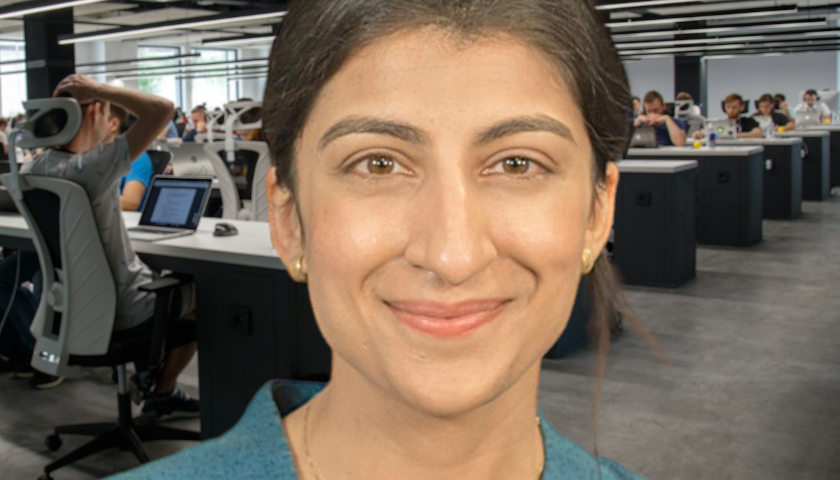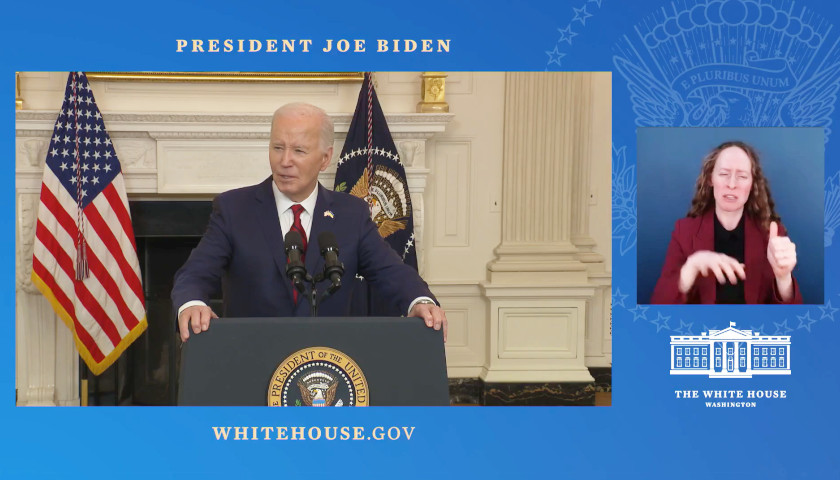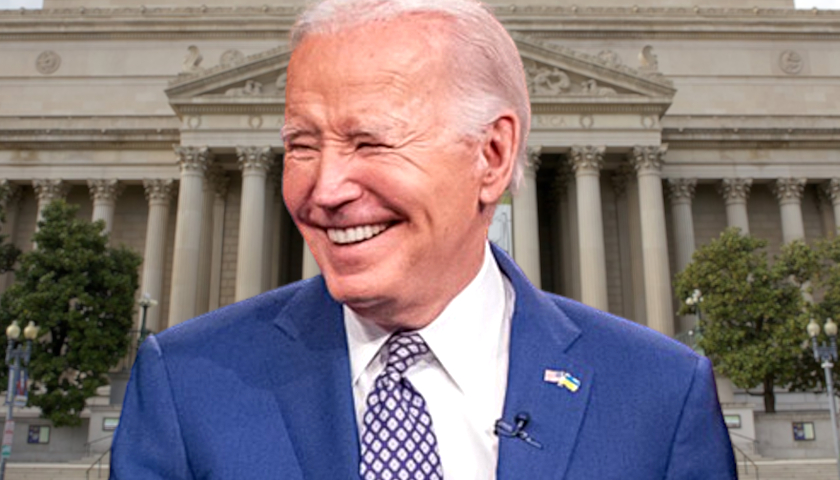by Rachel Sheffield
Fewer Americans are planning to celebrate Valentine’s Day in 2024 than in years past.
America isn’t totally losing its love for the saccharine holiday, though. In fact, spending on Valentine’s Day gifts—for everyone from a significant other to one’s cat—has increased.
Russell Stover and Hallmark may not need to worry then. Declining celebration of the day may be because fewer Americans are married or in committed relationships, though—particularly younger adults. And that’s something we should be concerned about, given marriage’s connection with happiness and human thriving.
This week is also National Marriage Week, a week dedicated to promoting the benefits of marriage.
The number of Americans who are married has dropped steadily for the past several decades, particularly among those in their 20s. In the 1960s, 90% of 30-year-olds were married. Today, just a little more than 40% of 30-year-olds are married.
The share of younger Americans in committed relationships has also declined, although data on this only goes back about a decade. Yes, people continue to marry into their 30s and beyond, but an increasing number of Americans do not, as marriage delayed becomes marriage forgone.
Some delay in marriage has its benefits. Those who wed in their teens are significantly more likely to divorce than those who wait until their early- to mid-20s to marry, and divorce risk continues to decline some into the mid- to late-20s. Taking time to mature and prepare for marriage is wise. But the risk for divorce actually increases for those who wait until after their late 20s to wed.
And when it comes to marital satisfaction, men and women who marry in their early 20s report higher relationship satisfaction than those who marry at age 25 or later.
Despite the positive story the data tells, though, the cultural narrative often preaches that marrying in one’s early- or mid-20s should be avoided. Young adults are told it’s best to wait to marry until they have it all together: education, an established career, a house, and enough money to afford a lavish wedding (and hey, maybe to afford fancy gifts for Valentine’s Day, too).
For many people, that could mean waiting to marry until—well, maybe never.
Marriage used to be seen as the cornerstone of adulthood. Couples grew and built a life together. Today, marriage is more often considered a capstone to a yearslong process of personal development and exploration. The capstone model is considered the gold standard for a successful marriage. But that model is leaving too many people detached, alone or in less stable relationships.
A better cultural framework would be one that helps young adults prepare for a healthy marriage and doesn’t needlessly discourage nuptials until far into adulthood. Marriage is associated with numerous benefits, and even having a marriage mindset is linked with positive outcomes.
Many Americans are unaware of the benefits of marriage, however.
Reduced Risky Behaviors
A culture that sets people on a path toward marriage at an earlier age likely means fewer risky behaviors that can make a healthier marriage harder to achieve. For example, the longer a person is single, the more sexual partners he or she is likely to have, which is linked with poorer marital stability, along with other negative outcomes.
As marriage has plummeted, particularly in lower-income and working-class communities, the number of children born outside of marriage has soared, with multiple negative implications, particularly for the children. Having an unwed birth is also linked with poorer marital stability.
Researchers also find that college students who view marriage as something that will take place earlier in their 20s are less likely to engage in risky behaviors, such as substance use and permissive sexual activity, compared with their peers who see marriage occurring in their mid-20s or later.
Greater Happiness and Well-Being
Married adults are also happier and more likely to thrive. They are less likely to be lonely, compared with their unmarried counterparts. In an era where we often hear about the problems of purposelessness and loneliness, healthy marriages and families provide a stable foundation where people can give and receive love and find deep meaning.
Besides greater happiness, married individuals report better health and are financially better off.
Marrying younger also gives couples more time to have children, rather than being on a tight timetable. Waiting to seek out a relationship, date and get married until one is “ready” can make it harder for people to have children as fertility diminishes.
Fostering a Culture of Marriage
Marriage is one of the most significant decisions a person makes in their life. Knowing how to develop healthy relationships, deal with conflict, and work together as a couple are critical for a healthy marriage.
More institutions of civil society should take a role in helping people build and maintain healthy marriage relationships. High schools, colleges, churches, community organizations and state and local government can provide education to young adults, helping them gain the confidence and tools to achieve healthy marriages.
Parents should also help their children prepare for healthy marriages and be careful not to dissuade adult children from marrying until well into adulthood.
While it may not matter whether people choose to observe a day that celebrates love with chocolate, candy hearts and roses, it does matter whether people are able to achieve healthy, happy marriages.
Helping young adults prepare for a relationship that provides the greatest joy and meaning in life can bring greater joy and thriving to individuals, families and communities.
– – –
Rachel Sheffield is research fellow in welfare and family policy in the Center for Health and Welfare Policy at The Heritage Foundation.





